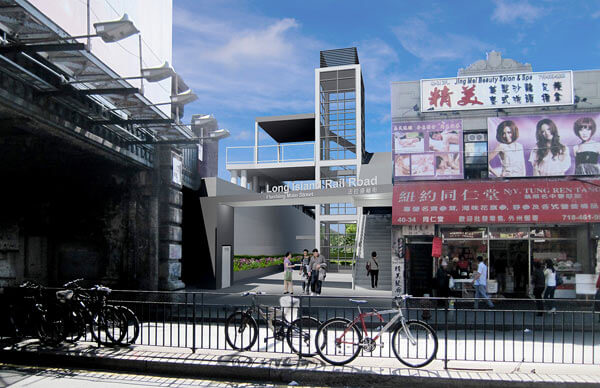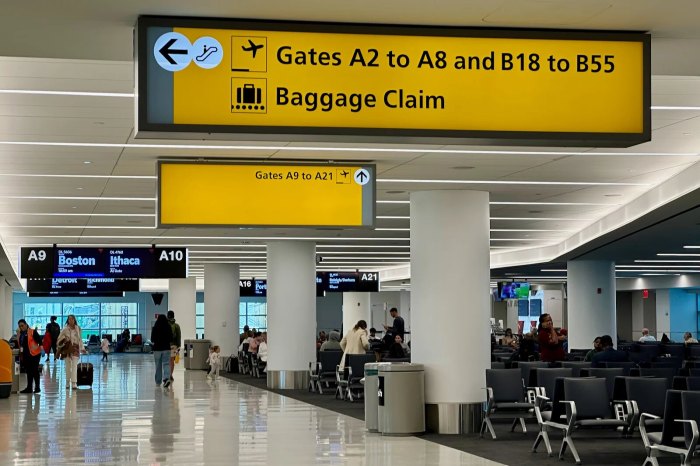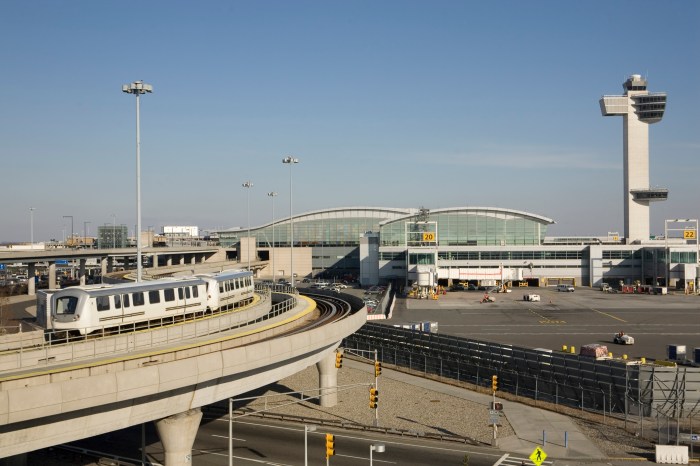By Joe Anuta
The Long Island Rail Road is moving forward with improvements to its downtown Flushing station, which includes plans to quietly seize private property through eminent domain.
The Metropolitan Transportation Authority announced in March 2012 it would be installing elevators at the neglected station, which is not currently wheelchair accessible, as part of an $8.5 million improvement project.
The agency will soon begin structural inspections on the LIRR overpass and has cleared out a popular food stall that operated under the Main Street overpass, according to spokesman Aaron Donovan.
“We’re glad to be taking concrete steps to move forward on this project, which will improve access to the station, in particular to those customers who are disabled,” he said.
But the MTA is also planning on seizing private property just north of the tracks along the western side of Main Street, according to condemnation lawyer Michael Rikon, who is familiar with the situation and has been consulted by the property owner.
Eminent domain, the process by which the government takes private property for public works projects, had not previously been mentioned by MTA in connection with the project.
But access to the Manhattan-bound tracks is currently limited to a narrow, dingy staircase off 40th Road with hardly enough room to squeeze in an elevator.
The authority said it is considering using eminent domain in the hopes of making the station more visible and inviting to commuters, and released a rendering to showing a gleaming staircase accessible from Main Street where the shuttered grocery store now stands.
Rikon said the MTA’s use of eminent domain to seize the property is justified, since transportation is a valid public purpose. The authority could obtain a title to the property within a month, he said. But after construction commences, the rest of the condemnation process could take a few years.
The MTA had already purchased a small food stall called AA Plaza, partially beneath the LIRR overpass on Main Street, and tenants there vacated Sept. 1.
Eventually the LIRR also hopes to replace the lighting and railing on the platform and will install embossed yellow warning tiles near the edge of the platform, although a concrete timeline for completion was not available.
Community groups have long criticized the MTA for failing to maintain the station, which John Choe, director of neighborhood nonprofit One Flushing, said is littered with garbage, poorly marked and dimly lit at night.
“A lot of people express shock when I tell them there is an LIRR station in downtown Flushing,” he said. “Flushing is not a podunk little village out in the middle of nowhere. We are the fourth-largest economic district in the city. We produce a huge amount of revenue for the entire city, yet we are treated like second-class citizens with regard to our transportation infrastructure.”
Choe and his nonprofit are planning to paint a mural over some of the graffitied portions of the station later this month in an effort to both beautify the neighborhood and urge the MTA to begin planned improvements.
Reach reporter Joe Anuta by e-mail at januta@cnglocal.com or by phone at 718-260-4566.




































